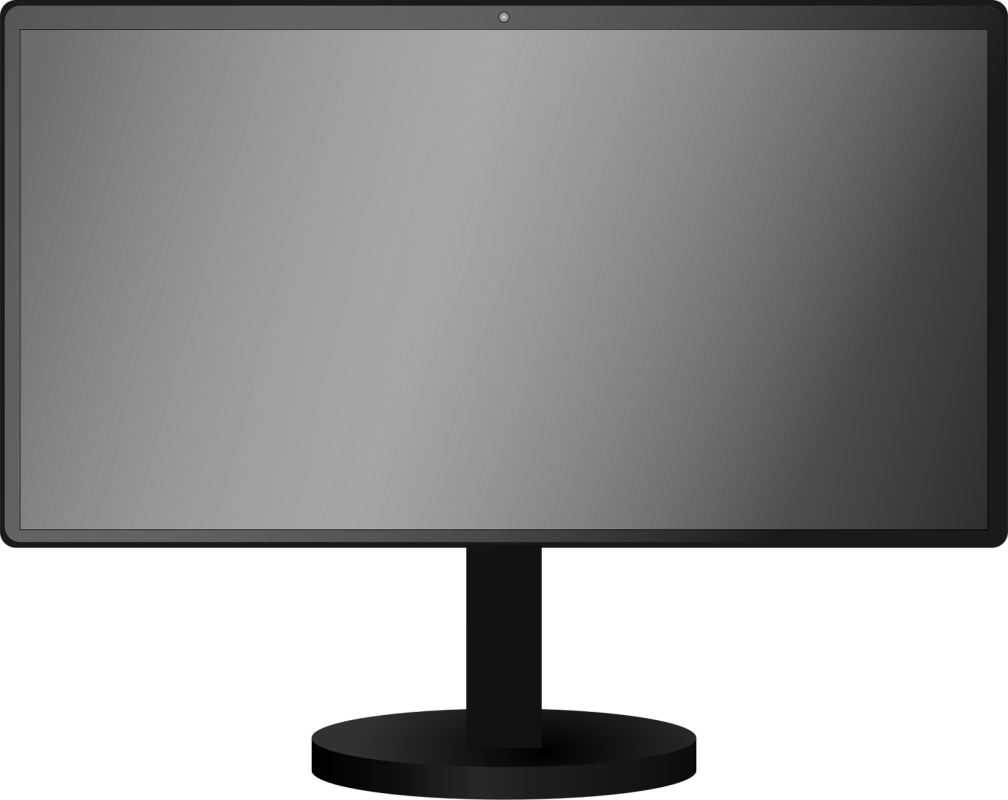When your TV suddenly shows a black screen or displays the dreaded “No Signal” message, it can be frustrating. Whether you rely on free-to-air channels through a TV antenna, stream through connected devices, or recently set up TV mounting, these problems are common. The good news is that most issues behind a black screen or no signal are easy to identify and fix without replacing your TV.

Common Causes of Black Screen Issues
Several factors can lead to a blank or black TV screen:
- Loose Cable Connections
HDMI, antenna, or power cables that aren’t firmly plugged in often cause the display to cut out. Even slightly loose cords can disrupt signals. - Faulty Power Supply
If your TV doesn’t turn on or keeps shutting down, the power board or adapter could be failing. - Input Source Errors
Many users accidentally set their TV to the wrong input source. For example, selecting HDMI 2 when the device is connected to HDMI 1 results in “No Signal.” - Damaged TV Antenna or Weak Signal
Outdoor antennas may shift due to weather or become damaged, causing signal interruptions. In areas with weak reception, a signal booster may be required. - Software or Firmware Issues
Smart TVs sometimes freeze or crash, leading to black screens until restarted or updated. - Faulty Backlight or Display Panel
If the sound works but the screen stays dark, the backlight or panel could be failing, requiring professional TV repair.
Why “No Signal” Happens
The “No Signal” error doesn’t always mean your TV is broken. It often points to issues like:
- Incorrect input settings
- Poor or misaligned antenna reception
- HDMI or AV cable damage
- Device (like a set-top box or console) not powering on
- Weather-related interference for antenna signals
DIY Fixes to Try First
Before calling for TV repair services, try these troubleshooting steps:
- Check Power and Cables
Ensure all connections are firm. Unplug and reconnect HDMI or antenna cables. - Restart Devices
Turn the TV and connected devices off, wait 30 seconds, then power them back on. - Test Different Inputs
Switch HDMI ports or test with another device to confirm whether the issue is with the TV or the accessory. - Reposition the Antenna
Small adjustments can improve reception. For weak areas, adding a signal booster may help. - Update the TV Software
Many black screen glitches are fixed by updating the firmware. - Reset to Factory Settings
If issues persist, a factory reset can eliminate software errors but should be used as a last resort.
When to Call Professionals
If you’ve tried basic fixes and your screen still stays black or the signal doesn’t return, it’s time for expert help. Professional TV repair services can diagnose whether the issue lies in the backlight, mainboard, or internal wiring.
For households dealing with repeated antenna issues, a professional technician can inspect and realign your TV antenna, ensuring the best reception. Similarly, if improper TV mounting is putting strain on cables or ports, correcting the installation can prevent recurring signal problems.
Preventing Future Issues
To avoid repeated black screen or signal errors:
- Invest in high-quality HDMI and antenna cables
- Schedule regular checks of outdoor antennas
- Avoid over-tightening or bending cables during TV mounting
- Keep your TV firmware up to date
- Use a surge protector to prevent power-related damage
Final Thoughts
A black screen or “No Signal” message is inconvenient, but rarely the end of your TV. With the right troubleshooting, most issues can be resolved quickly. However, if the problem is hardware-related or persists despite your efforts, professional TV repair, TV antenna servicing, or safe TV mounting might be the solution.
By staying proactive with maintenance and correct installation, you can enjoy uninterrupted viewing without worrying about sudden screen failures.
